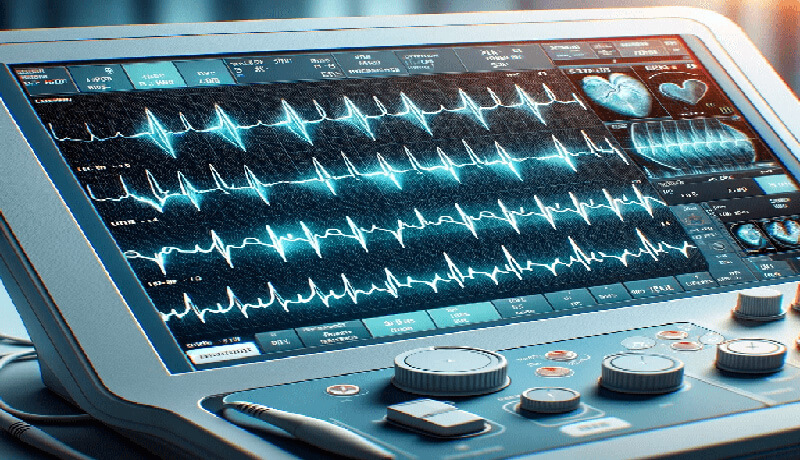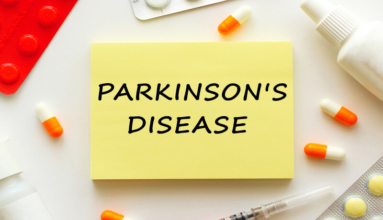Effective ECG Interpretation Guide
Electrocardiography (ECG) is a fast and simple way to check the heart’s electrical activity. This test, also known as an ECG, is key in looking at heart health. It shows:
- The part of the heart that starts each beat (the sinoatrial or sinus node).
- How nerves conduct signals in the heart.
- The heart’s speed and rhythm.
- If the heart is too big, often from high blood pressure, or if it’s not getting enough oxygen due to blocked arteries.
Doctors do an ECG if they think there’s a heart problem, but it’s also used in regular check-ups for older people, even without heart disease signs. It’s useful for comparing with later ECGs if heart issues come up.
There’s also a type of ECG that records while people do their normal activities. This is good for catching heart problems that come and go, like odd rhythms or poor blood flow to the heart muscle.
During an ECG, a technician puts small, painless sensors called electrodes on the arms, legs, and chest. They might shave areas with a lot of hair first. These electrodes track the heart’s electrical activity for each beat and connect to a machine that records it. This recording, done from different angles, makes up the ECG. It’s a quick (about 3 minutes) and safe process.
Reading an ECG means looking at the heart’s electrical activity during a beat. This activity is shown in parts with letter labels.
Each beat starts with a signal from the heart’s pacemaker (the sinus or sinoatrial node), which makes the top part of the heart (atria) active, shown as the P wave.
Then the signal goes to the lower part of the heart (ventricles), shown as the QRS complex.
Next, the signal goes back over the ventricles, seen as the T wave.
ECGs can show different heart problems, like previous heart attacks, unusual rhythms, not enough blood and oxygen to the heart, or the heart muscle being too thick.
Some ECG results can show bulges in the heart wall (aneurysms), often after a heart attack. If the rhythm is not normal (too fast, too slow, or uneven), the ECG helps find where in the heart it’s happening, which helps doctors decide how to treat it.
Effective ECG Interpretation Guide


